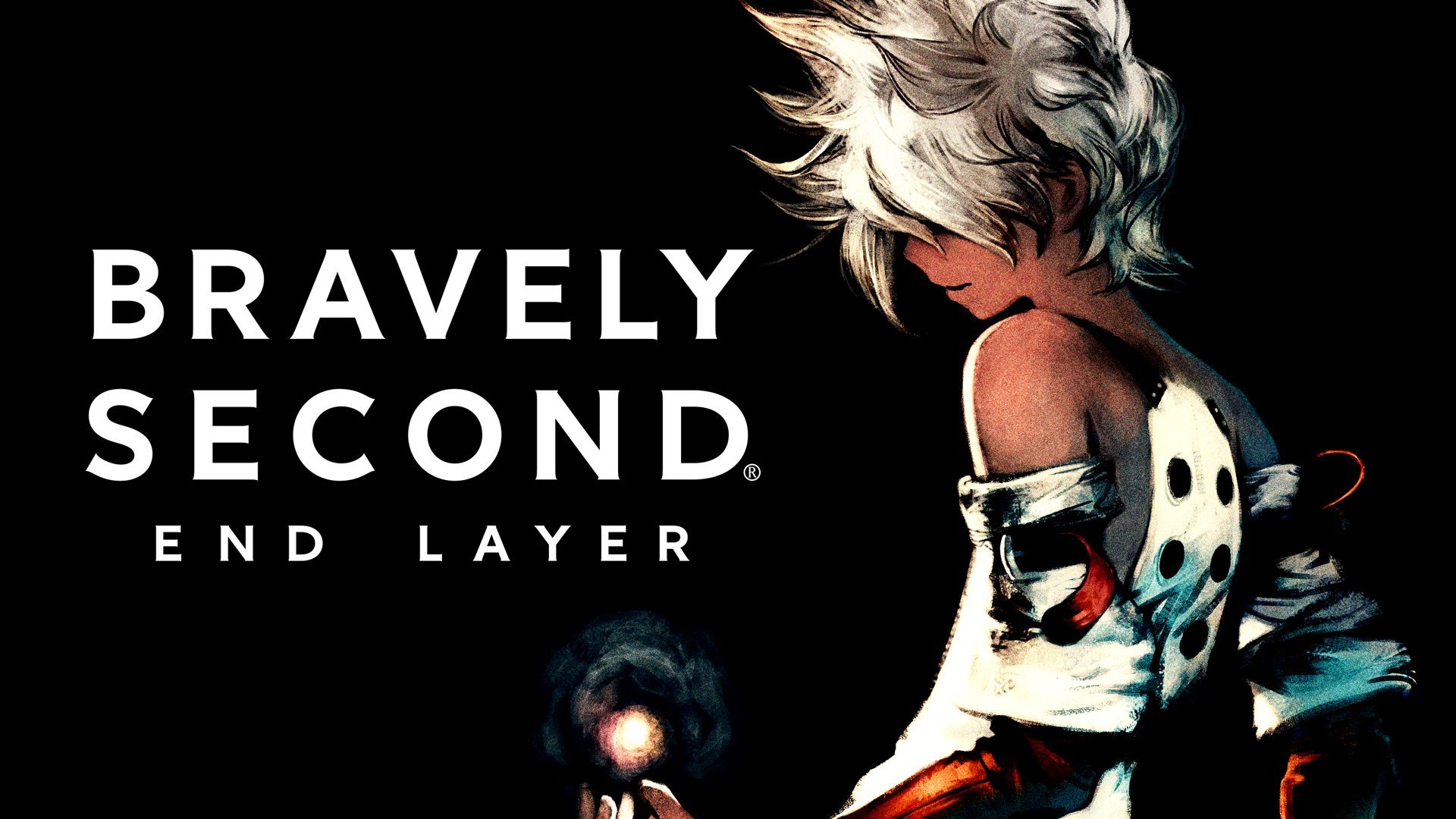While Bravely Second: End Layer hasn’t released in the States yet, Australian consumers have had the luxury of playing the game for a few months now. Due to that, I got to sit down and take my time through what ended up being a wonderful JRPG experience, and one I don’t think I’ll forget anytime soon.
Upon starting the game, you’re provided a fairly quick sequence that summarize the whole plot of the first game, Bravely Default, including the outcomes for the various main characters. After that however, you’re thrown directly into a dire battle against a peculiar adversary and his sidekick, kicking off a story that follows the adventures of Yew Geneolgia, the young heir to a great lineage and leader of the Crystal Guard’s Three Cavaliers.
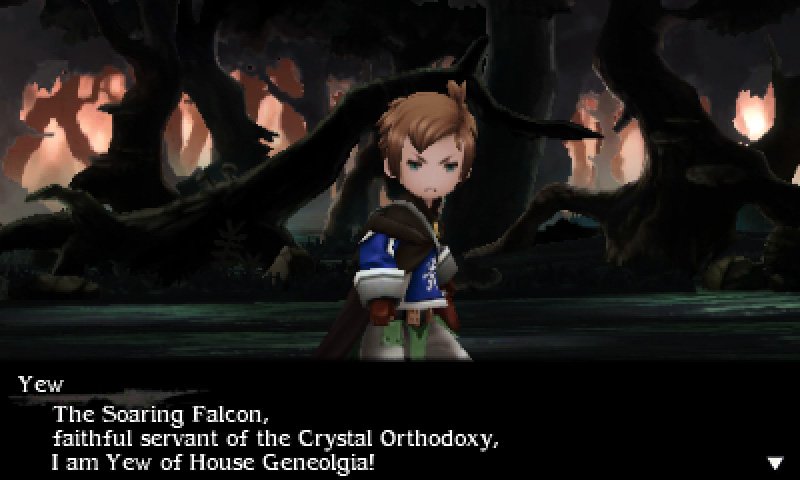
Alongside him, there’s Magnolia Arch, the moon-dwelling Ba’al buster who tasks the player with reconstructing the moon, and then there’s the returning characters of Edea Lee and Tiz Arrier, the heroes that saved the world in the first game. Each are fueled by their desire to save Her Holiness and Agnès Oblige, one of the previous game’s party members.
The Bravely series as a whole excels by showing off its own take on the traditional JRPG experience, adding a more modern twist. This is apparent even in the options offered to the player, allowing you to fully enjoy the game for its delightful narrative. One key feature that makes a return in Bravely Second is the option to turn off encounter rates completely, giving players the chance to simply traverse dungeon landscapes, collect treasure, and then progress. Even in the first game, it was a fantastic feature, allowing players to streamline the dungeon experience as low-level monster encounters became a mere nuisances.
The question then became however, how would you deal with being underleveled? In Bravely Second, Silicon Studios answers beautifully with the return of the ‘Consecutive Chance’ system. Essentially a battle-chaining system, by completely decimating enemies in one turn, players have the opportunity to simply link in the next battle, upping the difficulty. Surviving multiple battles this way then gives an exponentially high amount of experience and job points.
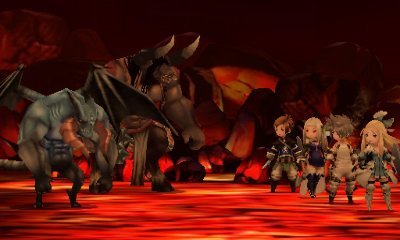
Which leads to one of the most enjoyable of RPG gimmicks: Job systems. Offering a plethora of interesting and unique jobs to obtain, battles are kept from being bland as new abilities present themselves, and amazing (and ridiculous) combos can be brought together from the most unlikely sets of those abilities. Some examples include Amaterasu Mist, which heals an absurd amount of health per turn, or Rage, followed by two counts of Minus Strike, and an Undo HP to do an absurd amount of damage, while not giving up any health.
Unfortunately, Bravely Second cuts down the number of abilities per job from 14 to 11. In exchange however, there are now 30 jobs instead of 25. Some jobs have returned, following from various returning characters that appear for Edea’s subplot, including the classic White Mage, Black Mage, Merchant, Valkyrie and more. On the other hand, various jobs have also been changed up and given new titles in Bravely Second, such as the Catmancer taking over the Vampire’s position as the ‘Blue Mage’.
It’s in the combo system overall that the Bravely series makes its mark on the turn based RPG genre, and it returns in full force in Bravely Second. For any that didn’t play the first game, the combo battle system allows you to force characters to expend up to 4 moves in one turn at the cost of ‘Brave Points’, after which they might have less than 0 BP. During this stage, the character doesn’t have a move for the turn and needs to recover BP. A character can store up BP by ‘Default’ which is a block for the turn.
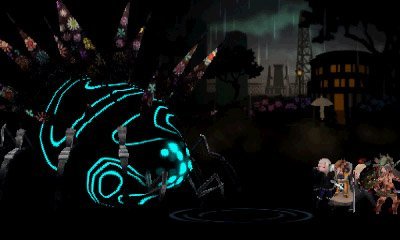
This leads to a greater deal of depth, strategizing when to either hit hard or to conserve and wait for an opportune time. A secondary point system is in place that allows players to use up to 3 ‘free moves’. This is called ‘Bravely Second’ and as confusing as the naming convention is, it too appeared in the first game. Bravely Second expends ‘SP’ which is a premium point system that charges up every 8 hours or can be bought for real currency.
But all of this was in the first game, so what makes Bravely Second any different? In terms of basic combat and mechanics, barely anything. That said, the gameplay is exciting and fun, built around the joy of tinkering with the various abilities that each affect the fight in different ways. When it comes down to it, Bravely Second feels exactly like what made so many love Bravely Default, but also manages to then take it a step further. One such is the change to a more rock-intensive soundtrack.
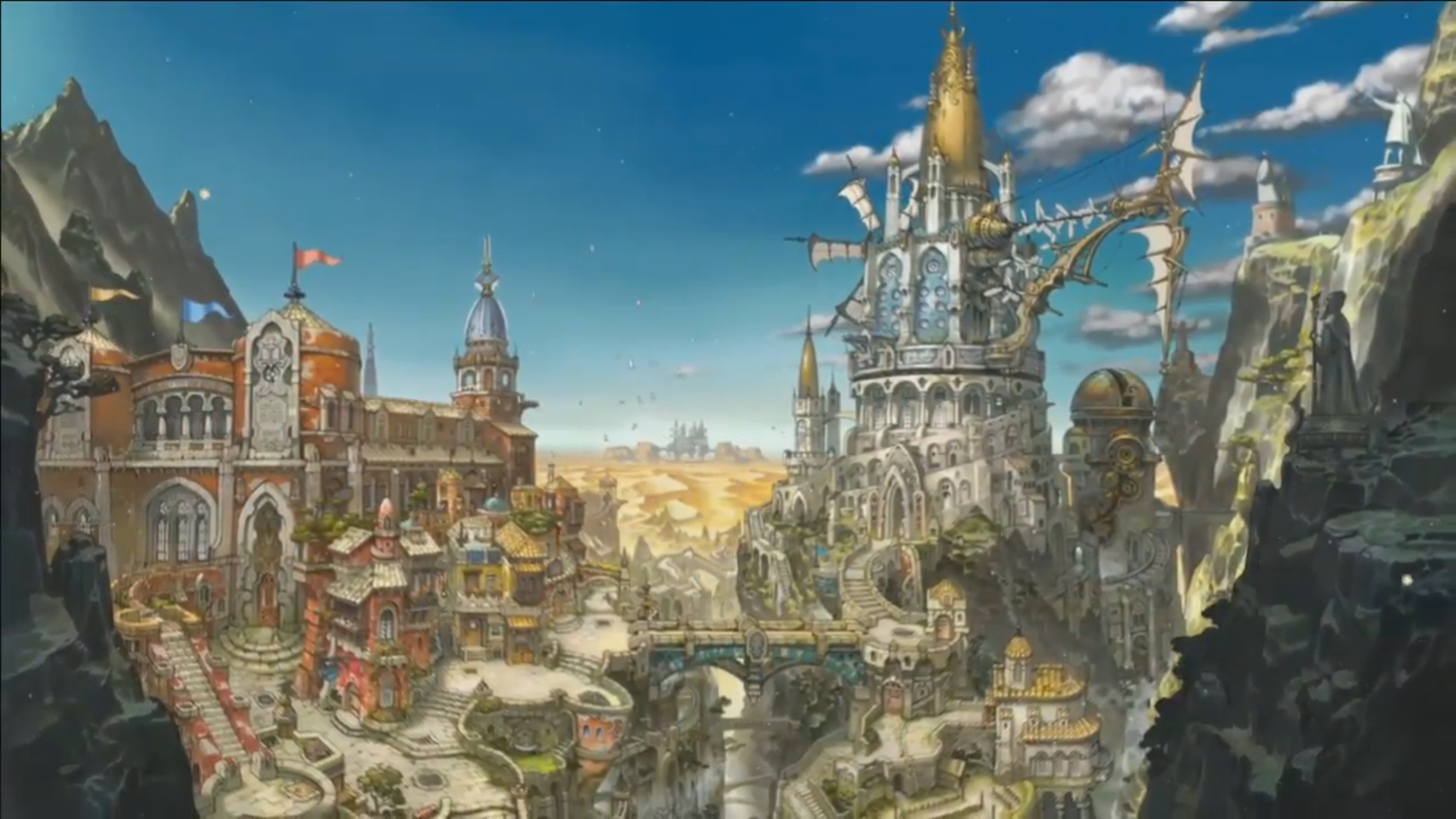
When Bravely Second’s composer was announced as Ryo from Supercell, a J-POP music band, fans were no doubt upset that Revo from Sound Horizon wouldn’t be returning. Regardless, the decision to take Ryo, a fan of the first title, and give him creative reins to do the series justice was the right one. From the opening theme, to the various battle themes, he nails a beautiful soundtrack that has kept me humming several pieces long after beating the game.
Ryo and Silicon Studio still respected the work Revo did by refurbishing several songs from the previous game in clever ways. The infectious ‘That Person’s Name Is’ track is used for returning characters, for instance, something undoubtedly different from the guitar heavy Ryo.
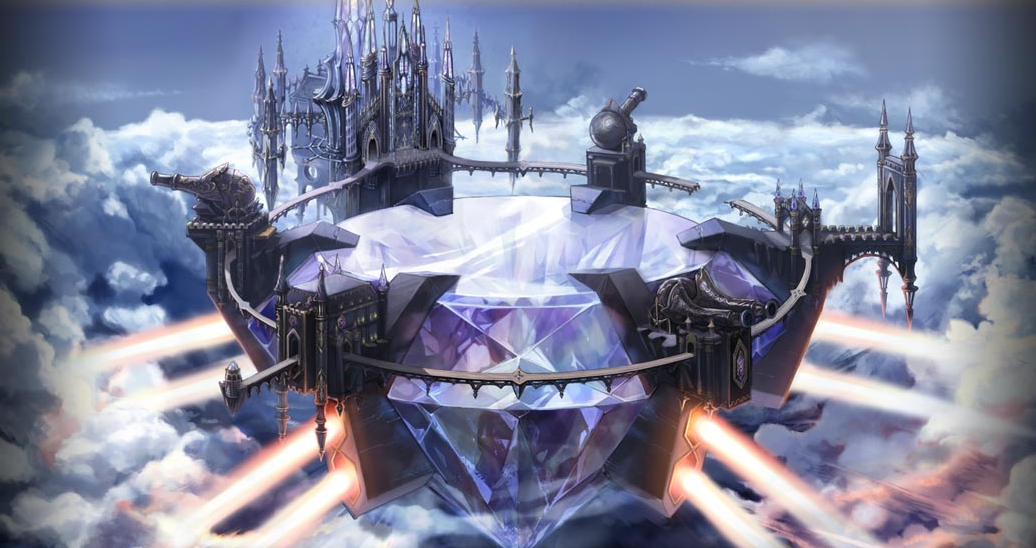
Likewise, the voice acting in Bravely Second is very well done, everyone from the main cast to the most minor of characters have quite the charm. Every delivery suits the corresponding characters to a T, from the cutesy Catmancer Minette to the stoic Samurai Kamiizumi (voiced by the godly Liam O’Brien).
One of the biggest steps up from the first game is enemy designs. For example, Bravely Default players were teased with ‘Ba’al’ enemies. A creature whose existence is of utmost importance in Bravely Second. In Bravely Second, these creatures hold a great deal of thematic designs that ties into the intricate plot of the game, everything from their real-life counterpart to their metaphorical definition in the storyline of a certain character.
In truth, it’s difficult to pull out any glaring faults for the game at all. Silicon Studio has taken Bravely Default and fixed the many criticisms sent back by its player base. Bravely Second is a game that hides an impressive narrative underneath the events of the main story, one that goes beyond the scope of the game world. It’s almost the defining feature for the series. Unbelievable twists and immersive characterization has made me think of one single word to describe this world: Charming.
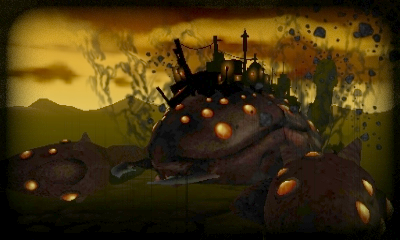
While running the game on the original Nintendo 3DS, I’ve noticed slight frame drops and slight delays, but only during big scenes such as summonings. Even then, the issues are negligible at best thanks to the ability to speed up and skip these scenes during battle.
My only other problem comes in regards to the slap-dash inclusion of several of the older dungeons. Though they are glazed over quickly with the ‘no-encounter’ system, they aren’t very memorable, bar the final one. Most of the returning dungeons become a mere location for a side quest and are barely refurbished. That said, from a narrative standpoint, two years is a tad too short for many of the dungeons to have any proper changes.
Players who completed Bravely Default will get a huge kick out of playing Bravely Second. Players who stopped playing Bravely Default may have been burnt out, but I encourage them to return for the sequel. And finally, players who have never played Bravely Default will not be confused when they play Bravely Second, even if playing the first does give you a deeper understanding of the world, the characters, and their motivations. Simply put, this is a title I would recommend for any 3DS owner and RPG fan.
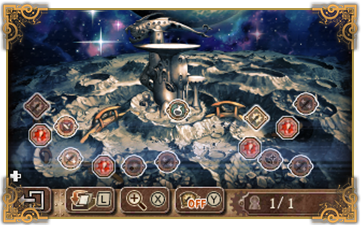
I said it before but I’ll say it again for good measure: Bravely Second is a charming game. From beginning to end, the story, atmosphere and characterization create a memorable cast and a beautiful world, leaving you entirely invested in both. Bravely Second is Bravely Default improved, and for that, it successfully forged a place in my heart.


